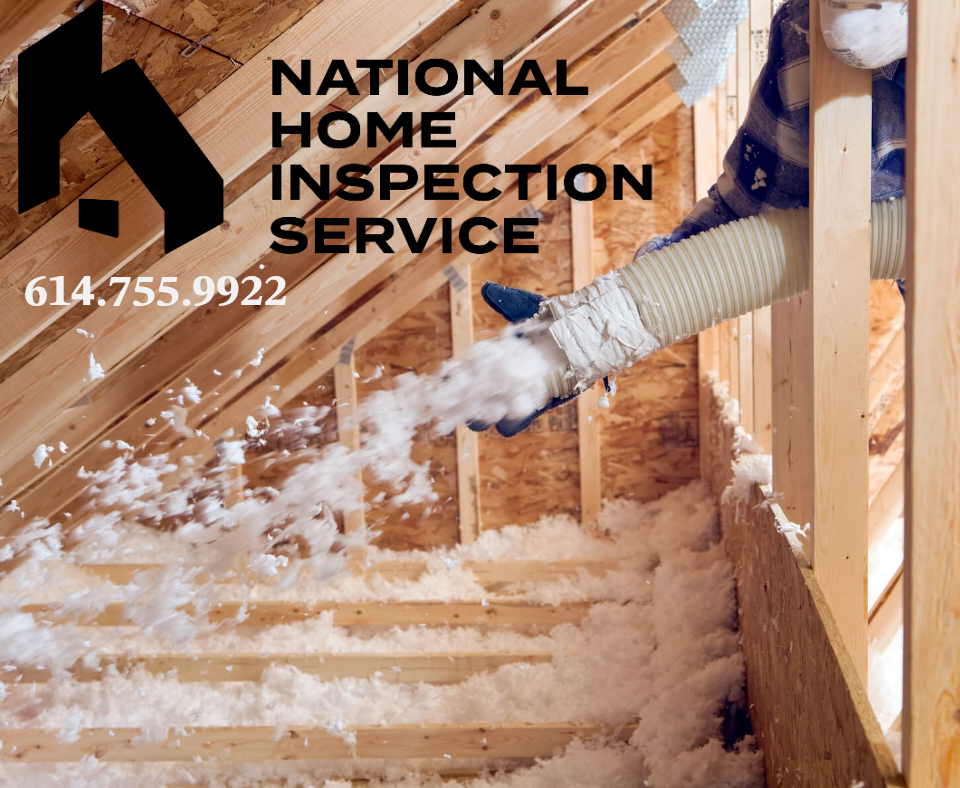After air-sealing your attic and basement, it’s important to check the insulation levels in your attic and add more if needed. Insulating your attic is the easiest way to improve your home’s energy efficiency and your comfort.
Do You Have Enough Insulation?
To determine if you need more insulation, take a look across your attic. If the insulation is level with or below the floor joists, you need to add more. However, if you can’t see any of the floor joists because the insulation is above them, you probably have enough insulation, and adding more may not be cost-effective. It’s essential that the insulation is evenly distributed without any low spots. Sometimes there is enough insulation in the middle of the attic and very little along the eaves. To learn how to add insulation to the eaves, check out “Installing Rafter Vents.” If your insulation covers your joists and is distributed evenly, you probably have enough.
How Much Insulation to Add?
Insulation levels are measured in R-value, which measures insulation’s ability to resist heat flow. The higher the R-value, the better the thermal performance of the insulation. The recommended level for most attics is to insulate up to R-38 or about 10 to 14 inches, depending on the insulation type.
Adding the Right Insulation

You don’t have to use the same type of insulation currently in your attic when adding additional insulation. You can add loose fill on top of fiberglass batts or blankets and vice-versa. If you use fiberglass over loose fill, ensure the fiberglass batt has no paper or foil backing; it must be “unfaced.” If you choose to add loose fill, it may be wise to hire a professional since the application requires a blowing machine. However, some home improvement stores offer rentals of this machine.
| Materials |
|
|---|---|
| Best Suited For |
|
| Skill Level Required |
|
| Materials |
|
|---|---|
| Best Suited For |
|
| Skill Level Required |
|
| Materials |
|
|---|---|
| Best Suited For |
|
| Skill Level Required |
|
| Materials |
|
|---|---|
| Best Suited For |
|
| Skill Level Required |
|
| Materials |
|
|---|---|
| Best Suited For |
|
| Skill Level Required |
|




